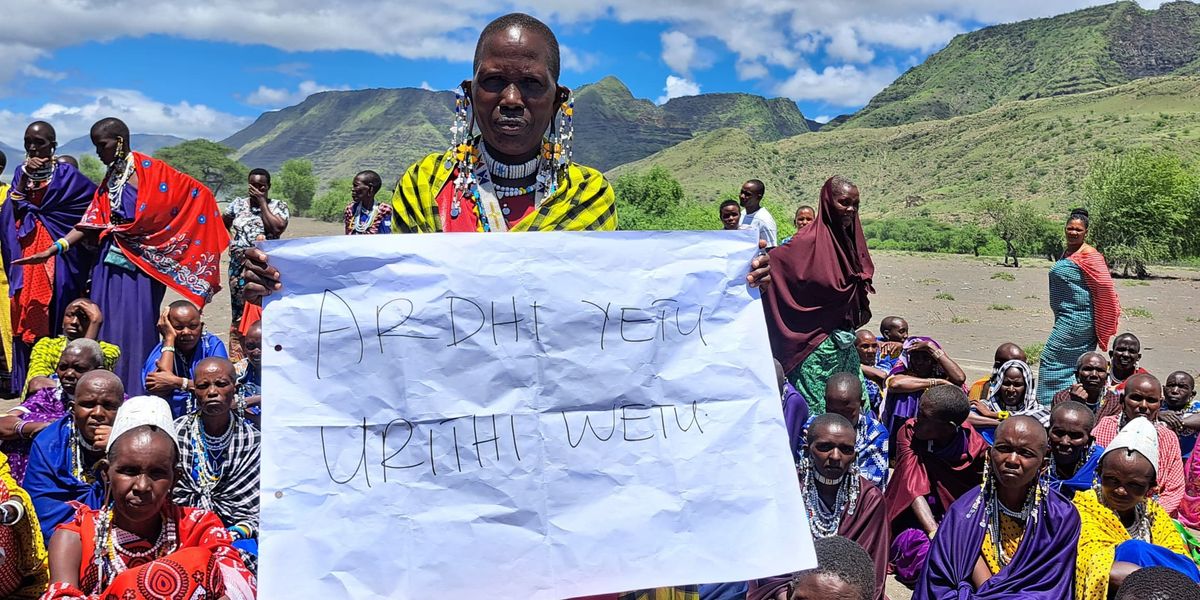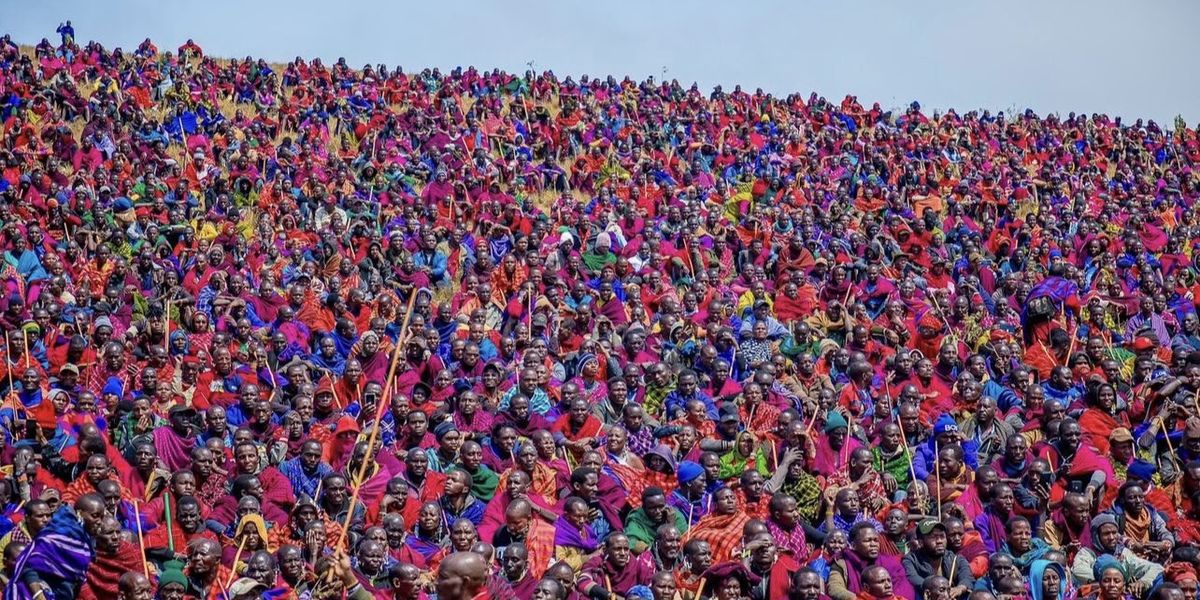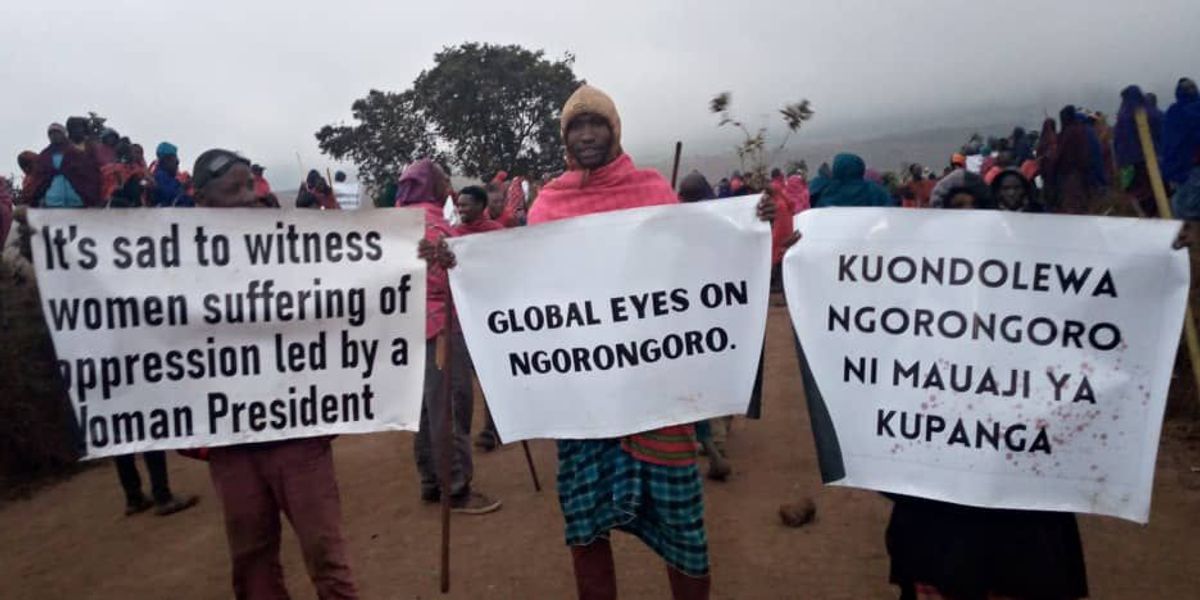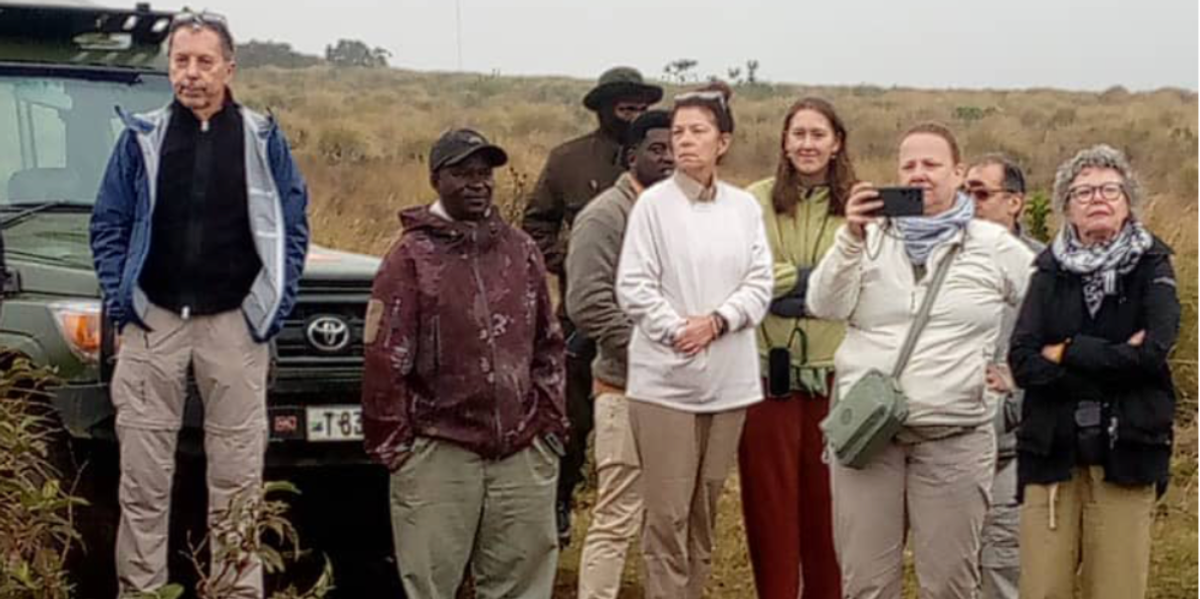“Not there... there!” Kai, our guide, tugs my arm, and points to a spot by the river. “That’s where they found part of Billy’s body.” And, just like that, my reverie breaks.
For many Indigenous people, their lands declared as World Heritage Sites morph into alien territories, belonging not to them, but to “all the peoples of the world”—especially the fee-paying tourists.
Pholachi “Billy” Rakchongcharoen was an Indigenous Karen activist. He was collecting honey when he was arrested by park officials and vanished. Five years later, pieces of his skull surfaced in a drum under a bridge—right here in paradise. Billy was just 30, about the same age as those young selfie takers.
Later, we meet Menor, his widow. Her eyes heavy with sorrow, she says, “Why do we need a World Heritage Site on our ancestral land? It never gives the community any benefits. It just takes things away from us.”
This landscape, hailed by UNESCO for its “outstanding value to all humanity,” is home to a tragedy. And the Karen people, its true custodians, are its victims. The Karen practice rotational agriculture—where different plots of land are used over successive years and then left fallow for up to a decade. Essentially, they prepare a new area for planting by using controlled fires, which enrich the soil and enhance biodiversity. All of this is accompanied by rituals and ceremonies to honor the Earth, their food provider. Since colonial times, conservationists, blind to this harmony, branded it pejoratively as “slash and burn.”
In 1996, the Karen of Bang Kloi village were evicted by the government under the guise of protecting the park. They resisted. Billy was one of them—until his voice was silenced.
Inspired by Billy and his grandfather, the indomitable Ko-ee who died aged 107 after a lifetime of resistance, the Karen of Bang Kloi reclaimed their territory in 2020, only to be violently expelled again. Despite this grim history, despite the pleas of three
United Nations special rapporteurs to address human rights concerns before the designation, UNESCO assigned the Kaeng Krachan Forest Complex (KKFC) World Heritage Site (WHS) status in 2021. The accolade was in the category “natural criteria,” defined as a “significant natural habitat for in-situ conservation of biological diversity.”
But despite the beliefs of UNESCO experts and tourists, the Kaeng Krachan habitat did not occur naturally. The landscape was sculpted and nurtured by Indigenous people for generations. As one Karen man pointed out, “The WHS staff only see the forest and animals; they don’t see the people. They don’t see us. It’s a kind of blindness.”
Another Karen voice added bluntly, “KKFC becoming a WHS is a serious violation of human rights.”
Since its designation as a World Heritage Site there’s been an increase in harassment and arrests, and a tightening of restrictions. Karen people said that the World Heritage status meant that attempts to force everyone out of the forest “have got worse”.
This isn’t just a Thai tragedy. It’s a global one.
Human rights investigations have documented torture, rape, and killings of Indigenous people in “natural” World Heritage Sites—especially in Asia and Africa. These sites, celebrated for their beauty and ecological importance, become war zones for the locals. Governments and NGOs, armed with UNESCO’s blessing, push the Indigenous people out and blame them for the degradation of what they have long protected.
Countries crave UNESCO’s nod. It brings prestige, tourists, funding. But for those evicted, it’s a nightmare.
In my travels with Survival International, the global movement for Indigenous peoples’ rights, I’ve seen these “wonders of the world.” The Serengeti’s vast plains, Odzala’s shadowy Congo forests, India’s tiger reserves, Yosemite’s grandeur—all share a dark secret. The pristine wilderness tourists adore is soaked with Indigenous blood, sweat, and tears. These landscapes were their homes, sustained by their knowledge and practices until outsiders decided they were “wild nature,” needing protection from the very people who understood them best. It’s colonialism masquerading as conservation.
For many Indigenous people, their lands declared as World Heritage Sites morph into alien territories, belonging not to them, but to “all the peoples of the world”—especially the fee-paying tourists.
We need to put this conservation model on trial, just as we did with other unjust, outdated, and harmful ideas—racial segregation, gender inequality. The true protectors of our shared natural heritage are Indigenous peoples. Their ways of life are sustainable, rooted in providing for future generations. For them, nature is home, the foundation of life and survival. They are the best stewards of the natural world. As one group of Karen declared, defiant despite the years of oppression: “If we don’t fight today, there will be no future for our children.”
UNESCO must abandon its support for a conservation model that annihilates Indigenous peoples. It should begin by de-listing sites where human rights abuses occur. Only then can it begin to decolonize itself—and genuinely protect our planet.







